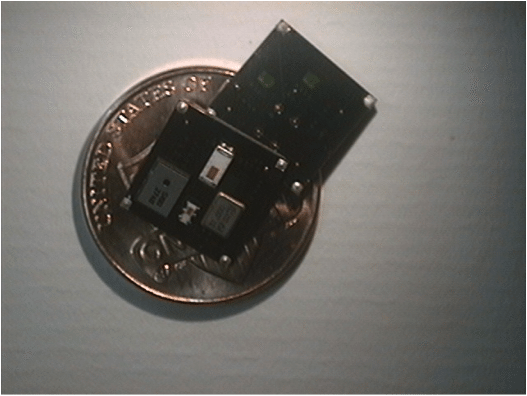Micromachine Company Potomac Photonics Awarded Key Funding
Leading micromachine manufacturer, Potomac Photonics, has been awarded almost US$500,000 by the National Science Foundation to continue developing cutting-edge miniaturized wireless sensor nodes. Smaller than the size of a penny, the devices will be used in a variety of settings and revolutionize areas such as healthcare to infrastructure maintenance.
Wireless sensor nodes detect changes in heat, pressure, sound, light and vibrations, along with position, motion and orientation of an object and transfers information to base stations. They can detect events such as earthquakes and can be used in hazardous environments. In the future, people could wear wireless sensor nodes to continually monitor their health, known as Body Area Network, and send information to computers for analysis. The application of wireless sensor nodes is widespread.
This funding will allow Potomac Photonics to continue working on reducing the volume of current wireless sensor packages. By addressing critical needs such as size reduction, shape customization, and time to market, Potomac’s processes will play a significant role in the development of next-generation wireless sensors for applications extending from healthcare to the monitoring of aging bridges, pipelines, and aircraft.
“We are honored to be selected by the National Science Foundation to continue development of this ground-breaking technology,” says Dr Paul Christensen, Principal Investigator and founder of Potomac Photonics. “We look forward to successfully achieving our Phase II goals and introducing a new generation of highly miniaturized sensors to the commercial marketplace.”

